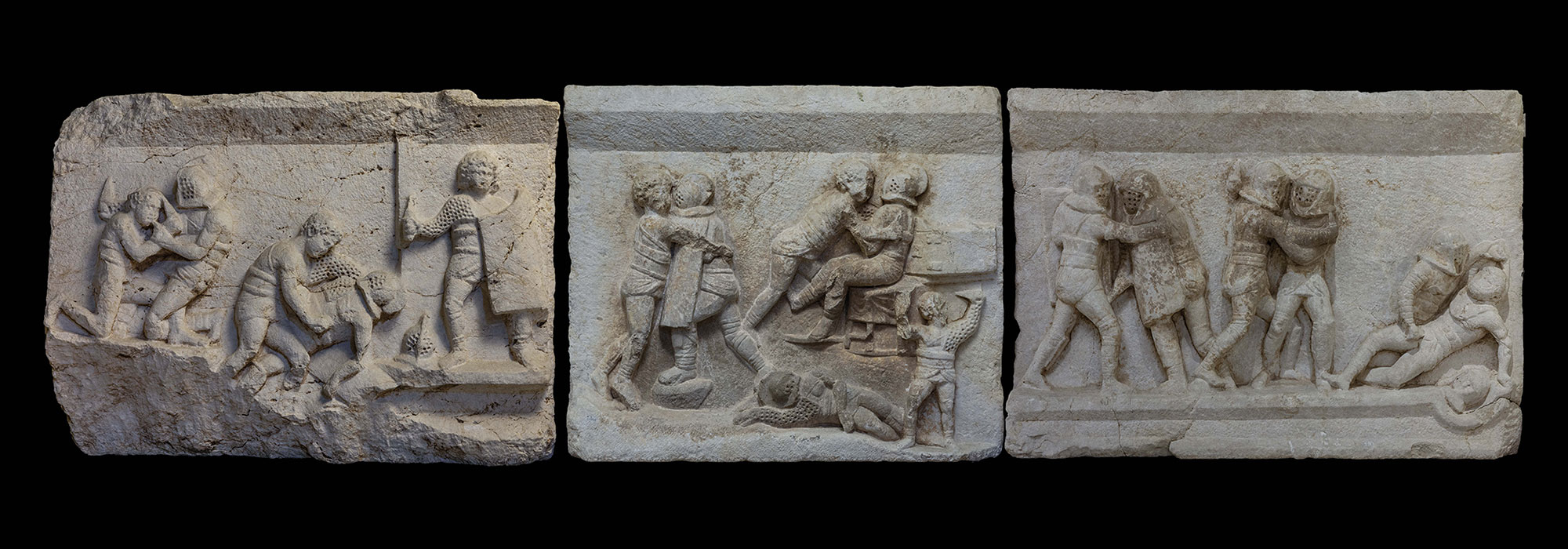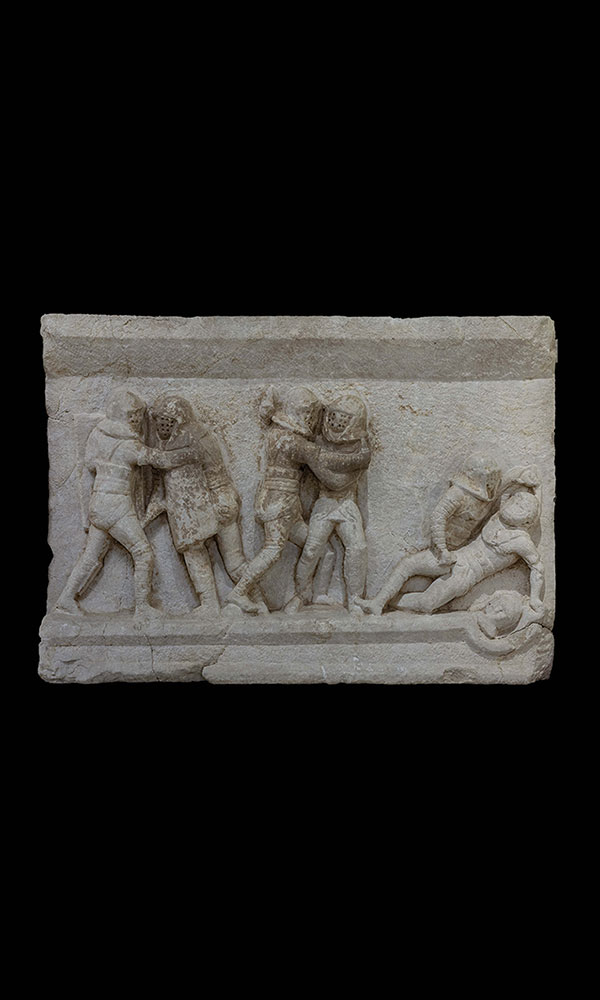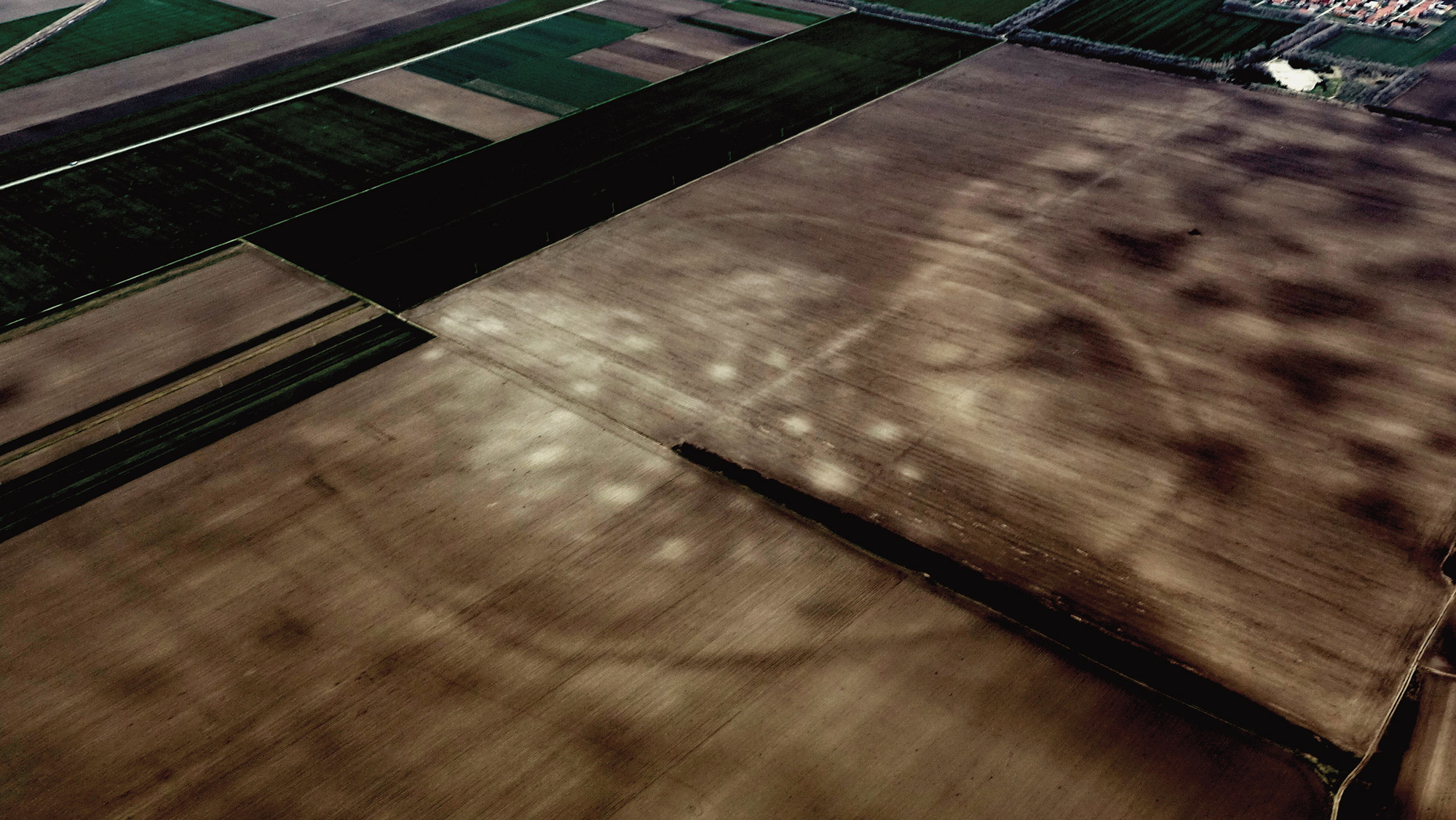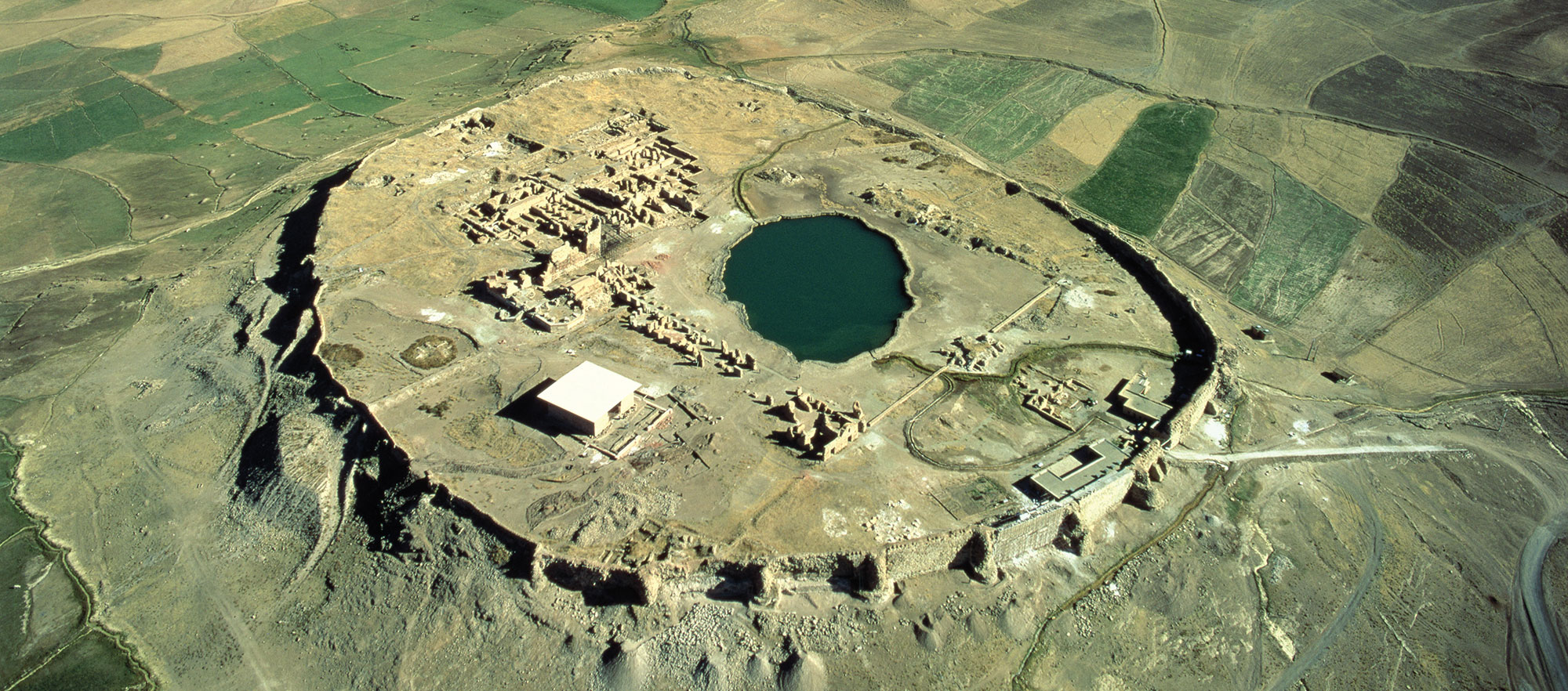
BOLOGNA, ITALY—According to a statement released by the University of Bologna, researchers led by classicist Silvia Ferrara have discovered that designs on Mesopotamian cylinder seals were the precursors to certain signs in proto-cuneiform script, an archaic writing system based on pictographs. Some 6,000 years ago, engraved cylinder seals were created to record the production, storage, and transport of textiles, crops, and other goods. The seals were rolled on clay tablets to create impressions of the cylinder's etched designs. Sumerian scribes in the ancient city of Uruk, in modern-day southern Iraq, developed proto-cuneiform around 3000 b.c. Ferrara and her colleagues identified a number of seal designs concerning the transport of pottery and textiles that evolved into later proto-cuneiform signs used for the same purpose. "Our findings demonstrate that the designs engraved on cylinder seals are directly connected to the development of proto-cuneiform in southern Iraq," Ferrara said. "They also show how the meaning originally associated with these designs was integrated into a writing system." Read the original scholarly article about this research in Antiquity. For more on cuneiform, go to "The World's Oldest Writing."












